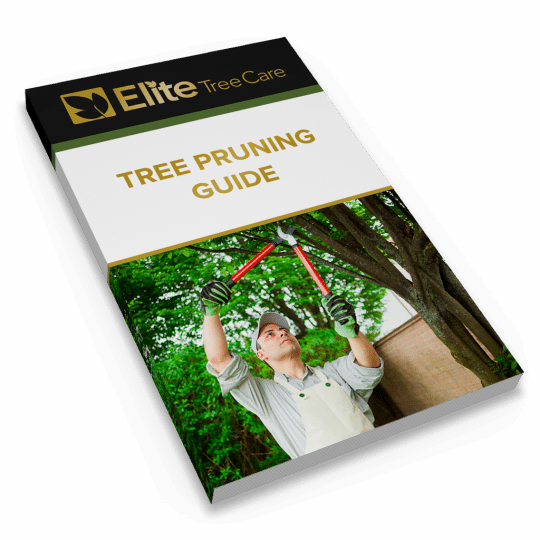6 Tips for Pruning Trees in Spring
Find Out What, When & How to Prune
Posted
March 14, 2024

As spring is the time for budding trees and regrowth, it’s also the perfect time to prune. Here are some tips for properly pruning trees in spring. Focus on different factors, such as tree type, health, and appearance.
Determine What Trees to Prune
Since different trees have specific pruning requirements, it’s important to identify the species of tree you’re dealing with and research its individual needs. For instance, if you prune a plant that blooms in the spring, you could potentially remove its new buds. This is why it’s best to wait until after the flowers bloom and wither.
You also want to consider what your pruning goals are. Do you want to remove dead branches, improve the tree’s shape and air circulation, or keep it at a certain size? All of these factors determine what and how much to cut. In any circumstance, it’s important not to cut too much off at one time. This can put stress on a tree and weaken its defenses to pests and disease.
Pick the Right Pruning Tools
Even before you start trimming, you want to make sure you have the proper pruner for the job. Some pruning shear blades are designed to trim thin branches while other pruning saws have the handle length and blade strength to tackle thicker, higher branches. No matter what tool you need, you need to make sure the blades are clean and sharp. You also want to wear the right gloves, glasses, and other gear to start cutting safely.
Process for Pruning Trees in Spring
Once you know if your tree should be pruned and what tool to use, you can focus on proper pruning technique. Here are some tips.
- Start with dead or diseased branches. Since these branches can hinder a tree’s health, they should be cut any time of year. They should also be removed first since they can be an unpredictable safety hazard. Cut these branches back to the trunk or to a healthy lateral branch. Make sure the cut is clean without tearing the bark and at a slight angle to help any moisture run off.
- Remove suckers and water sprouts. Suckers are small shoots that grow from the base of the tree or from the roots. Water sprouts are fast-growing vertical shoots. These growths can divert energy from the rest of the tree and should be pruned close to the point of origin.
- Thin out crowded branches. Look for branches that are crossing or rubbing against each other, as well as branches that are growing inward towards the center of the tree. Remove these branches to allow more light and air circulation, which can promote healthy growth.
- Consider the tree’s shape. Pruning can help maintain the tree’s natural shape or create a desired shape of a young tree.
- Properly dispose debris. Once you’re finished pruning, you want to clean up the area around the tree and remove any branches that could have been diseased to help prevent the spread. For healthy pruned branches, you can chip them for use in and around your compost and garden.
- Monitor the tree’s health. After you’ve pruned any tree or plant, keep an eye on it for signs of stress or disease. With regular maintenance—such as watering, mulching, and fertilizing—you can help the tree heal from its fresh pruning cuts and thrive in a healthier condition.
Professional Spring Tree Pruning
If you’re unsure about the timing or process to prune your tree, or if the tree is large or near power lines, consider hiring a professional arborist to do the job safely and effectively. Proper tree pruning in the spring can improve plant health, appearance, and longevity. By following these steps and being mindful of the tree’s needs, you can ensure that your tree thrives for years to come.

Download Your FREE Tree Pruning Guide
Learn how, when, and how much to trim or prune your trees to maximize their health and beauty. This guide covers the factors that go into tree trimming (pruning) and will help you make a more informed decision about hiring a professional tree service.